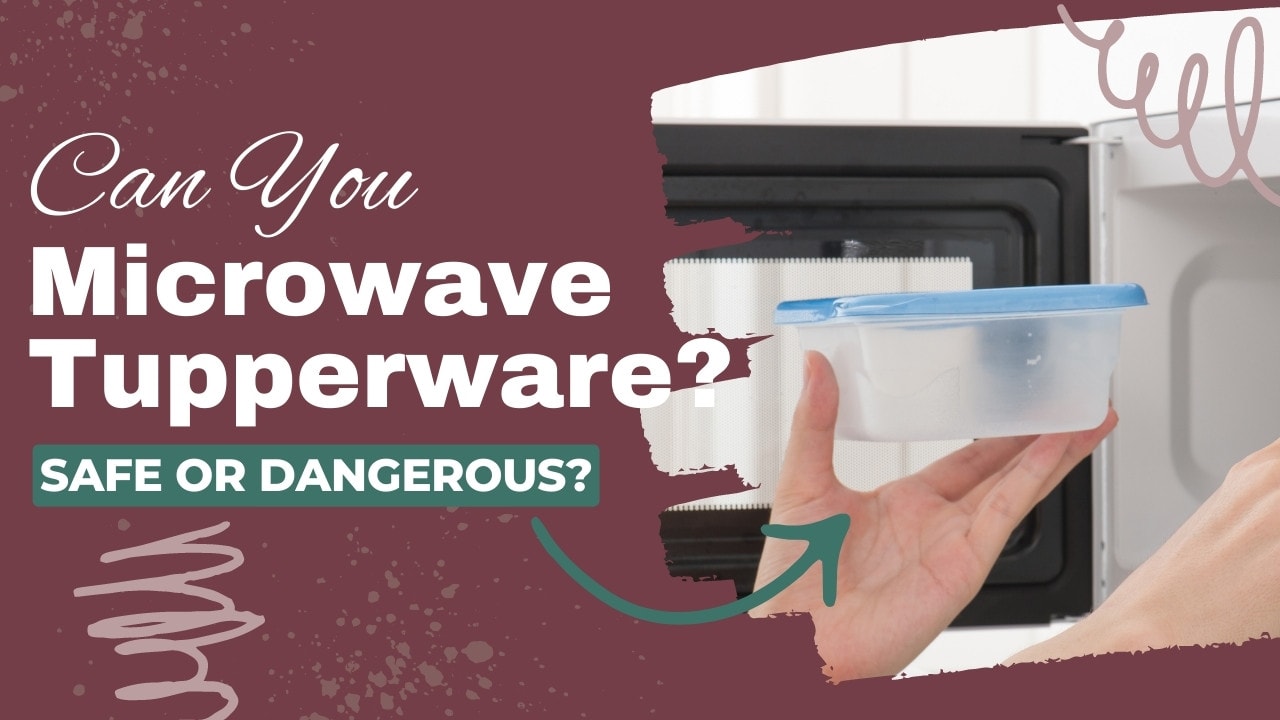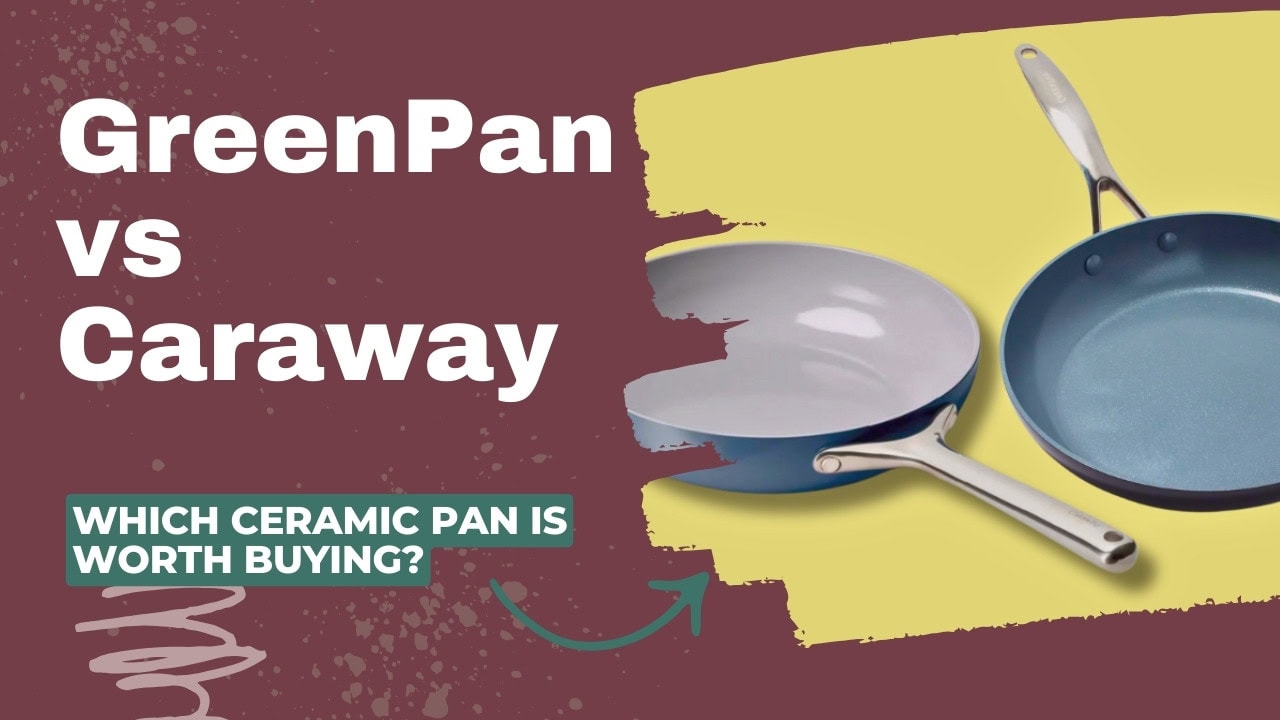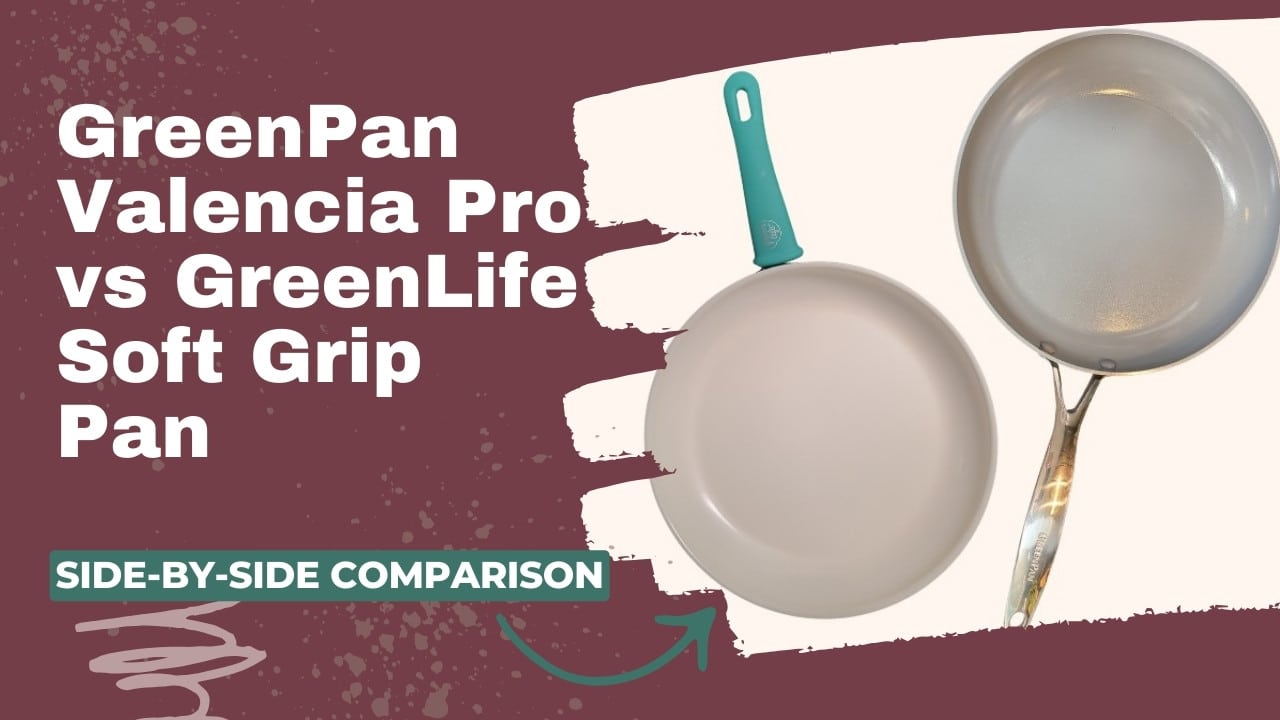So, you’re a meal prepper who prefers to eat her homemade food at work. Just waltz into the kitchen, grab your tupperware, zap it, and lunch is ready.
But if you’re conscious of what you eat, you may want to know if nuking your meal in plastic food containers is safe. After all, it’s plastic exposed to heat –doesn’t that release dangerous chemicals?
After reading this article, you’ll know if Tupperware is microwave-safe or whether you should switch it out for other healthier options.
Can You Microwave Tupperware?
You can microwave Tupperware containers manufactured after 2010, but the company recommends limiting the total heating time to less than three minutes. Tupperware’s earlier products (manufactured before 2010) contain a potentially harmful chemical known as BPA that can leach into your food when exposed to high heat.
To make sure it’s safe, look for the microwave-safe symbol—three or five squiggly lines—on the bottom of your Tupperware. You can also read the product description online and look for the term “microwave-safe.”
A microwave-safe Tupperware container can withstand high temperatures, allowing the moisture-bearing food inside it to warm without the plastic directly heating up. It won’t melt or get damaged under the high temperatures of the microwave oven.
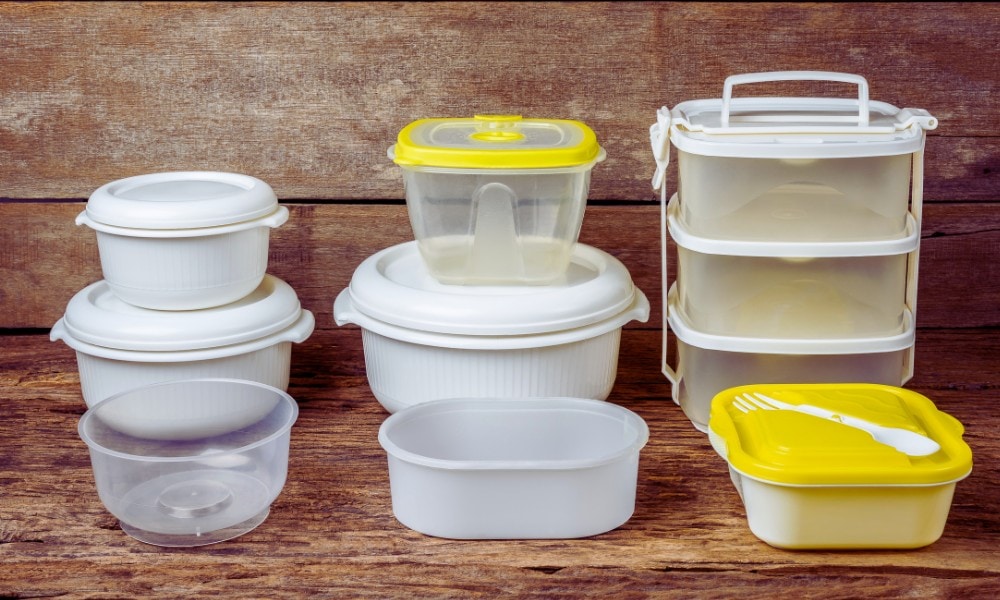
However, that doesn’t mean no harmful chemicals will make their way into your food when you microwave Tupperware. Even though the new tupperware is made without BPA, some nutritionists raise concerns about other chemicals in plastic food storage containers made to replace BPA.
So, if you want to be extra careful, the safest approach is to transfer your food to a ceramic or glass container, such as Pyrex, when reheating it in the microwave.
Why You Should Ditch Your Old Tupperware
Although there’s been extensive research on the harmful impacts of plastic on our bodies, there’s much to be discovered. We do know that BPA (Bisphenol A) and phthalates are linked to damaging health outcomes. These are stabilizers widely used to make plastic sturdier and harder – even in food-bearing products, especially those made in earlier decades. (This is why you should never buy your tupperware from the thrift store!)
BPA and phthalates can cause hormonal imbalances in our bodies and can lead to a wide range of health issues, including diabetes, obesity due to insulin resistance, and higher blood pressure, among others.
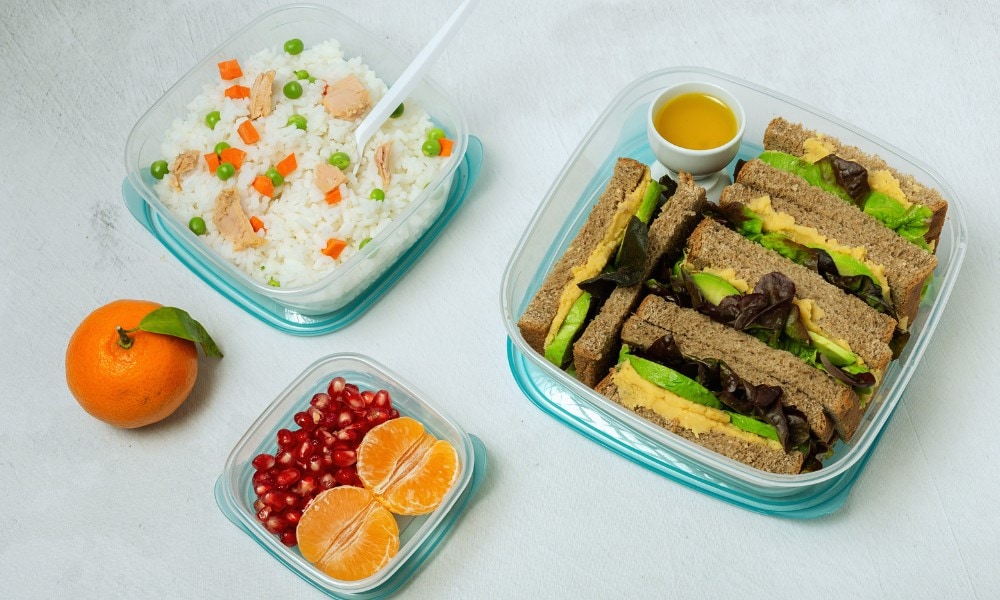
According to the Tupperware website, all their containers produced for the US market have been BPA-free since 2010. And most of their products are made of PP (Polypropylene) and LDPE (Low-density Polyethylene), which means they’re free of PVC (Polyvinyl chloride), PS (Polystyrene), or PET (Polyethylene terephthalate).
FDA studies show that the human body can metabolize and get rid of BPA, suggesting that Tupperware and other plastic food containers may not be a concern. Still, you may want to err on the side of caution.
What About Plastic Containers From Other Companies?
Although Tupperware is a brand name that refers to a specific company’s products, many people call any container of this type “Tupperware.” (People will sometimes use the name interchangeably with “rubbermaid” containers.) Even if your container isn’t made by the Tupperware brand, you should follow the same guidelines for microwaving plastic containers.
You can look up the brand and search for the type of plastic used in making their containers.
Acronyms HDPE, LDPE, and PP are safer than other kinds of plastic for food containers. These correspond to the numbers 2, 4, and 5 on food packages or the bottom of containers. Most microwave-safe plastic containers in the US are manufactured with these plastic types, especially number 5.
On the other hand, plastics numbered 3, 6, and 7 contain harmful materials, such as PVC, Polycarbonate, and Polystyrene.
So look for the number 5 or the microwave-safe emblem at the bottom of the container before purchasing it. Most manufacturers, including IKEA and Ziploc, also indicate that it’s safe for microwaving using a symbol with three or five wavy lines.
You might want to look for one of these symbols:
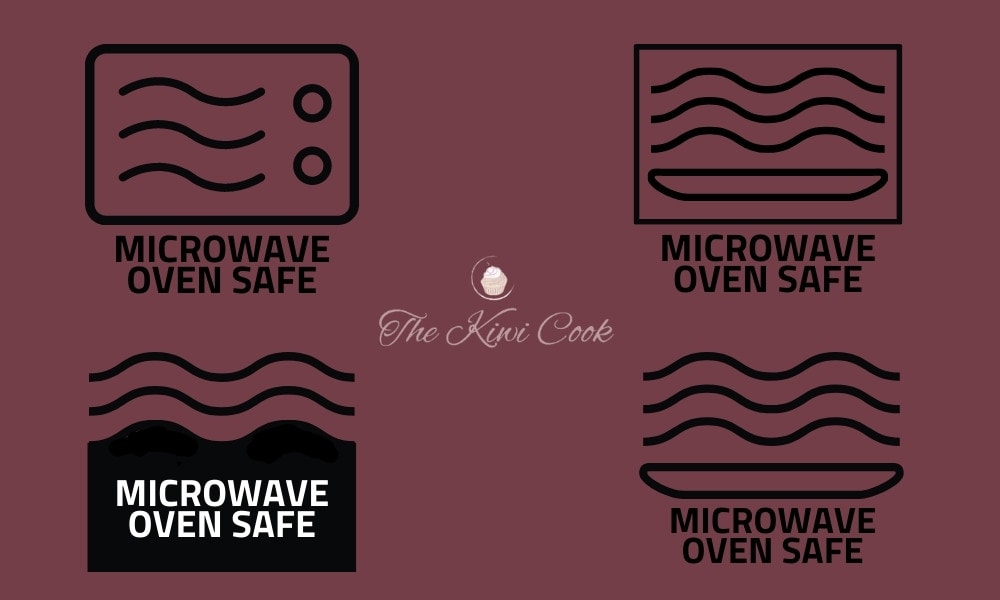
If you can’t find the symbol on your container, I caution against using it to reheat your food.
However, there’s a test you can perform to see if your tupperware is microwave safe. Check out this video to see how:
That said, if your plastic container is more than a decade old, there’s a higher chance that you shouldn’t microwave it as it may contain too much BPA.
Again, the microwave-safe symbol means that the container won’t warp if placed in the microwave. It does not promise that the container won’t transfer chemicals to your food.
How to Reheat Food in Tupperware Containers
Reheating food in plastic Tupperware isn’t rocket science—you put the food inside and press a button. But if you want the best results, follow the process this process:
- Spread the food in the container evenly to make sure all the parts get the same amount of heat.
- If the food is frozen, break it into smaller chunks to avoid increasing the heating time.
- Leave the lid off as it can trap heat inside, leading to extra hot spots in your food.
- If your microwave oven has a reheat button, press it, and you’re good to go. Otherwise, set the timer to 30 seconds and start zapping.
- After 30 seconds, pause and stir your food well to prevent cold patches.
- Reheat the food for another 30 seconds and check your food. If it’s still cold, do another round, but don’t go longer than three minutes total to avoid overheating the container.
Pro tip: I sometimes use a microwave cover, such as this Tusjiain splatter cover from Amazon, to prevent too much moisture from escaping my food, especially if I’m reheating bread.

As Dr. Jen Caudle explains in this talk, these covers don’t pose a health hazard because, besides being microwave-safe, they don’t touch your food. So, there’s almost no chance of BPA contamination.
Things to Know When Reheating Food in Tupperware
If you’ve decided to microwave your food in a plastic container, whether or not it’s marked as microwave-safe, it’s a good idea to follow safety precautions to minimize your plastic exposure. Here’s how:
Before Reheating: Check the Container and Instructions
You should steer clear of scratched or cracked containers even if they’re microwave-safe. That’s because these spots absorb more heat, causing more chemicals to break apart and contaminate your food.
Moreover, not all microwave-safe containers have the same specifications and materials. These are reflected in the way you treat them, be it preparing them for use, how long you can keep them in the microwave, or how you should wash them. So, read the manufacturer’s instructions for maximum safety.
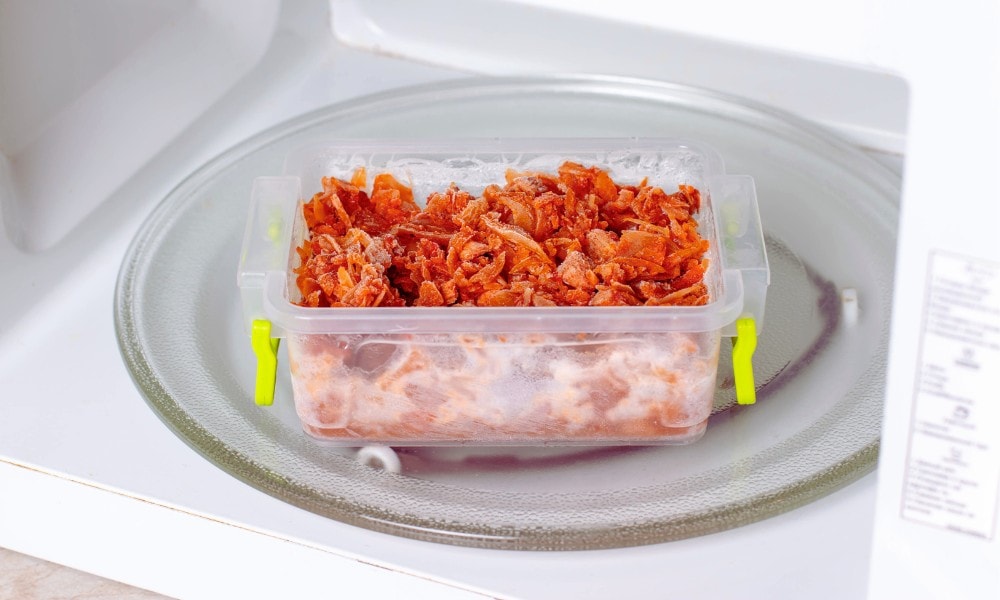
While Reheating: Keep the Heating Time Short and the Power Low
The longer the container is exposed to heat, the faster its chemical particles break apart and contaminate your food.
Plus, the tests that grant the microwave-safe certification are conducted under standard, average settings for typical users. That means if you heat the container longer, you may risk releasing more chemicals into your meal.
A regular microwave oven can blast your food with up to 900 watts of power. That’s the equivalent of a 525-degree oven – but many Tupperware products can only go up 320 degrees before they start to degrade.
Generic products can withstand much lower temperatures. So don’t use the device’s full power if you want to reheat food.
After Reheating: Serve the Food in a Safe Container
After reheating your food in Tupperware, quickly transfer it to a glass or ceramic dish. This way, your hot food has minimal contact with plastic and less chance of absorbing chemicals from the plastic.
However, you should never transfer hot food to another plastic container, especially if you don’t know what type of plastic it’s made of.
Alternatives To Microwaving Tupperware
While strict FDA regulations enforce high safety standards on Tupperware and other container manufacturers, you may want to err on the side of caution and keep your plastic exposure to a minimum.
The best way to do this is to go for ceramic or glass. Although these materials may still leach particles into your foods, they aren’t as toxic as plastic. Plus, unlike plastic, they can withstand high heat for long durations.
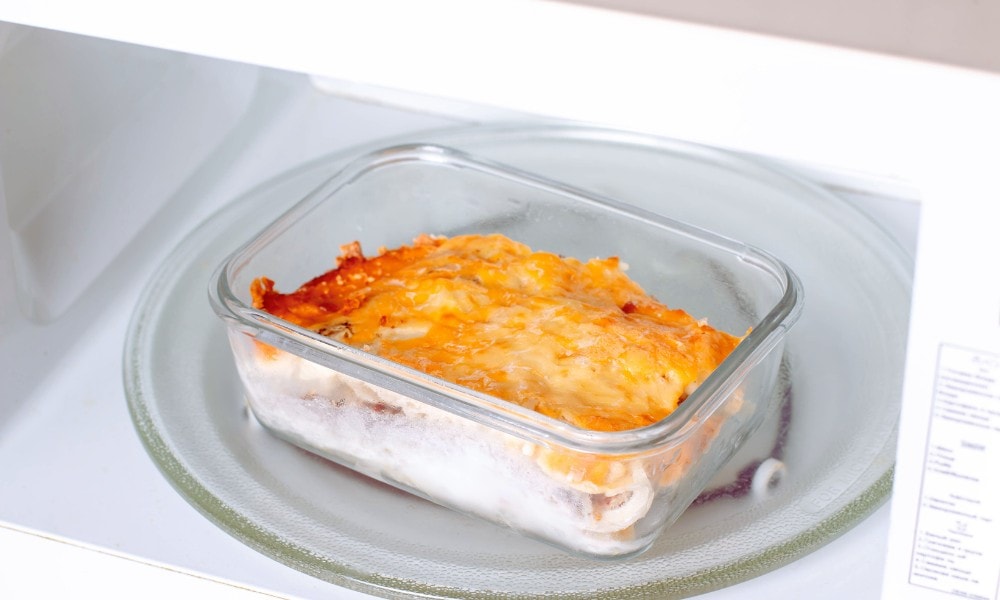
Glass or ceramic may not be as convenient as plastic, and they’re more prone to breaking. However, it’s the price you need to pay if you want to be cautious.
Since plastic containers don’t break easily, we tend to keep them too long. Although we don’t see any physical damage, the plastic material may have started breaking down, especially after being exposed to heat for a long time. This is especially true if you run them through a dishwasher or expose them to other sources of heat.
Try to avoid eating on or drinking from plastic that is starting to degrade, especially if you’re pregnant or have an infant. Studies show that BPA and phthalates can have detrimental health effects on infants and fetuses, affecting brain development.
Frequently Asked Questions
Can You Microwave Tupperware with the Lid On?
You should always leave the lid off because closing it may lead to accumulated pressure and explosion. And remember, never cover your container with regular plastic wrap since it can both melt and leach harmful chemicals into your food.
Can You Microwave Stainless Steel Tupperware?
Since stainless steel is a metal, it’s not microwave-safe. Metals can cause sparks inside the microwave oven and lead to fires or explosions. What’s more, the electric waves generated by the oven can’t pass through metals, so your food won’t heat up.
Final Thoughts
Tupperware containers manufactured after 2010 are generally microwave safe and free of harmful materials such as BPA and phthalates.
You can check the bottom of the product to see if it’s microwave-safe. However, this sign only means the plastic won’t melt or warp once heated and doesn’t necessarily mean there are no detrimental health outcomes.
So, you may want to ditch plastic containers altogether and replace them with glass or ceramic to zap your food.

